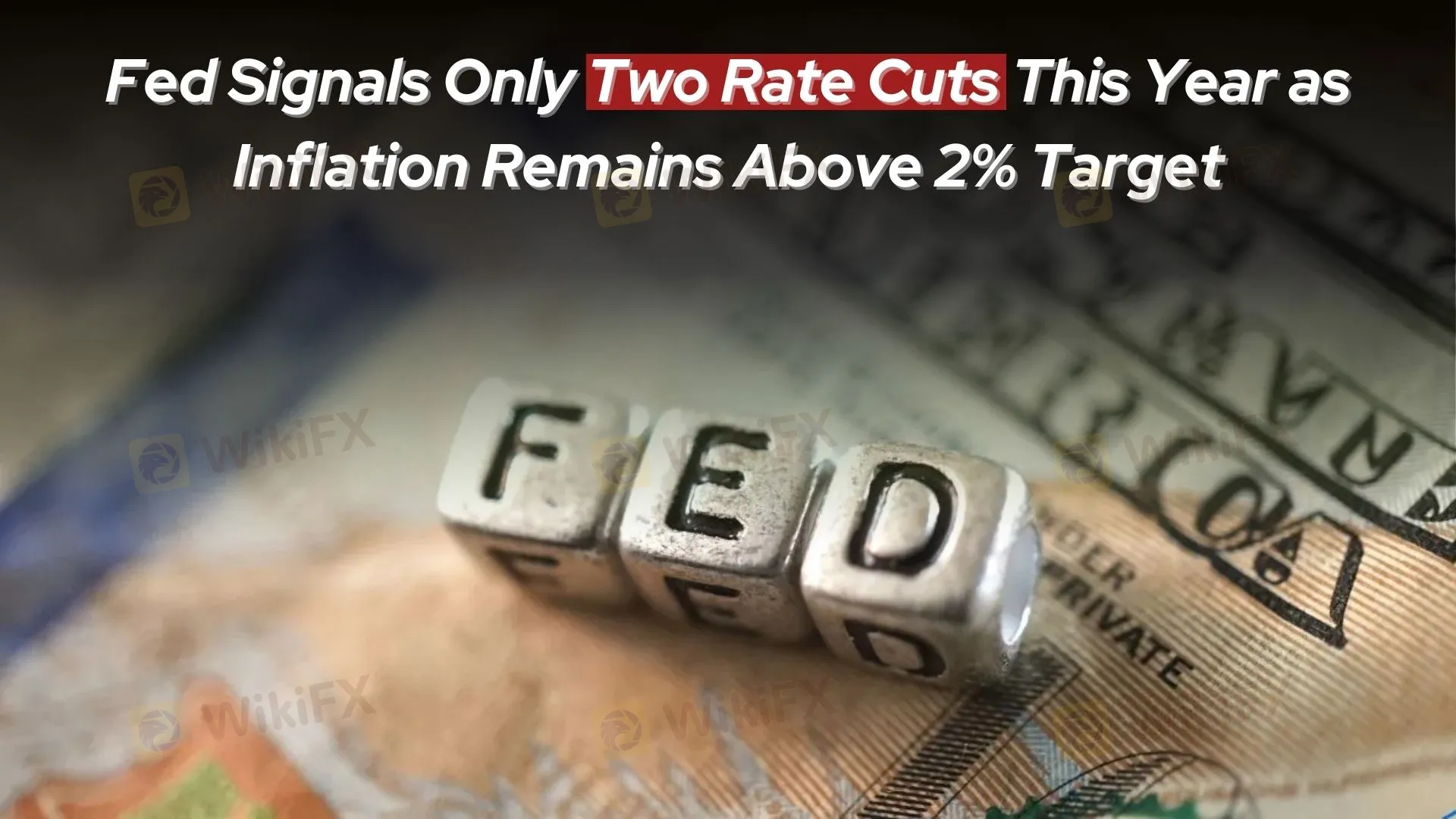Fed Signals Only Two Rate Cuts This Year as Inflation Remains Above 2% Target
Sommario:The Federal Reserve prioritizes inflation control and economic stability, signaling limited rate cuts amid persistent price pressures.

Recently, statements from Federal Reserve officials have reignited discussions about the outlook for monetary policy. With U.S. inflation still exceeding the Feds 2% target, some officials have emphasized that, despite progress in easing price pressures, the conditions for rate cuts are not yet fully met. Against this backdrop, the Fed has hinted at only two 25-basis-point rate cuts this year, reflecting a cautious stance that has drawn widespread market attention.
Inflation Challenges and Policy Trade-offs
San Francisco Federal Reserve Bank President Mary Daly pointed out that while significant progress has been made in reducing inflation over the past two years, the current inflation level remains “uncomfortably high.” She stressed that the Feds primary goal is to bring inflation back to its 2% target, while executing policies thoughtfully to avoid excessive harm to the labor market.
Similarly, Richmond Fed President Thomas Barkin stated that the Federal Reserve needs clear economic signals before proceeding with rate cuts, such as inflation reaching the target or a significant weakening in demand. He noted that the labor market remains relatively healthy, and further slowing could destabilize the broader economy.
Rate Cut Outlook: Cautious but Flexible
Despite growing market expectations for rate cuts, Federal Reserve officials continue to express caution regarding the policy trajectory. Mary Daly emphasized that policy frameworks only provide a starting point for discussions, and actual policy adjustments must be informed by data and real-world economic conditions. She warned that premature rate cuts could reduce the Feds flexibility in dealing with future uncertainties.
Barkin echoed similar sentiments, reiterating the importance of achieving inflation targets. He highlighted how the rising U.S. Debt burden poses pressure on long-term interest rates, further underscoring the need for balance between fostering economic growth and controlling inflation.
Market Impact and Outlook
The Federal Reserve‘s indication of only two rate cuts this year has solidified expectations about the future path of monetary policy. While many anticipate policy easing later in the year, officials’ cautious tone suggests that the Fed will prioritize observing economic data before making further moves to avoid unnecessary economic disruptions.
With inflationary pressures still present and the labor market holding steady, the Fed‘s approach to rate cuts is likely to remain data-dependent. Over the coming months, critical economic indicators such as non-farm payroll data and the Consumer Price Index (CPI) will play a key role in shaping the Fed’s policy decisions. Market participants will need to closely monitor these data points to anticipate the Feds next steps.
WikiFX Trader
STARTRADER
Exness
OANDA
Vantage
AvaTrade
TMGM
STARTRADER
Exness
OANDA
Vantage
AvaTrade
TMGM
WikiFX Trader
STARTRADER
Exness
OANDA
Vantage
AvaTrade
TMGM
STARTRADER
Exness
OANDA
Vantage
AvaTrade
TMGM
Rate Calc

